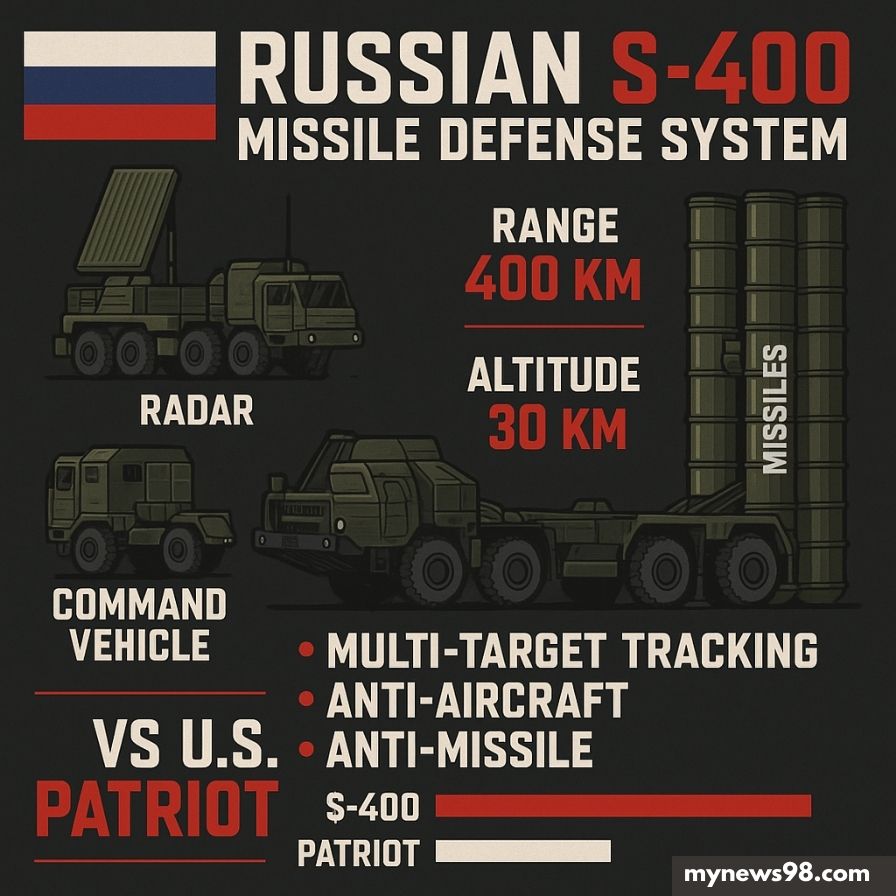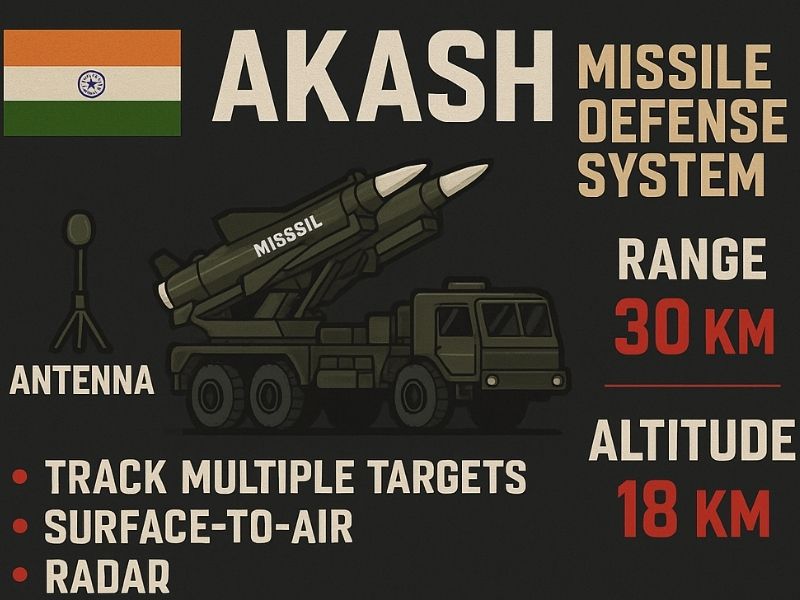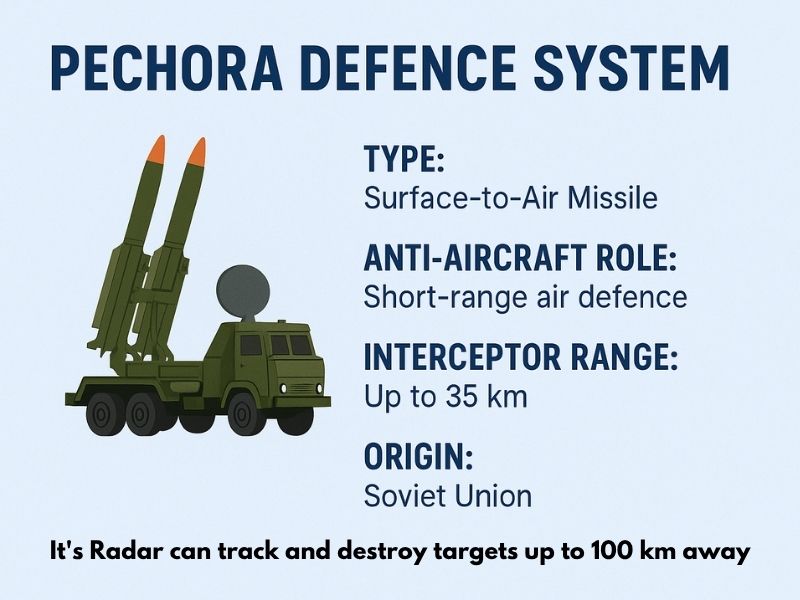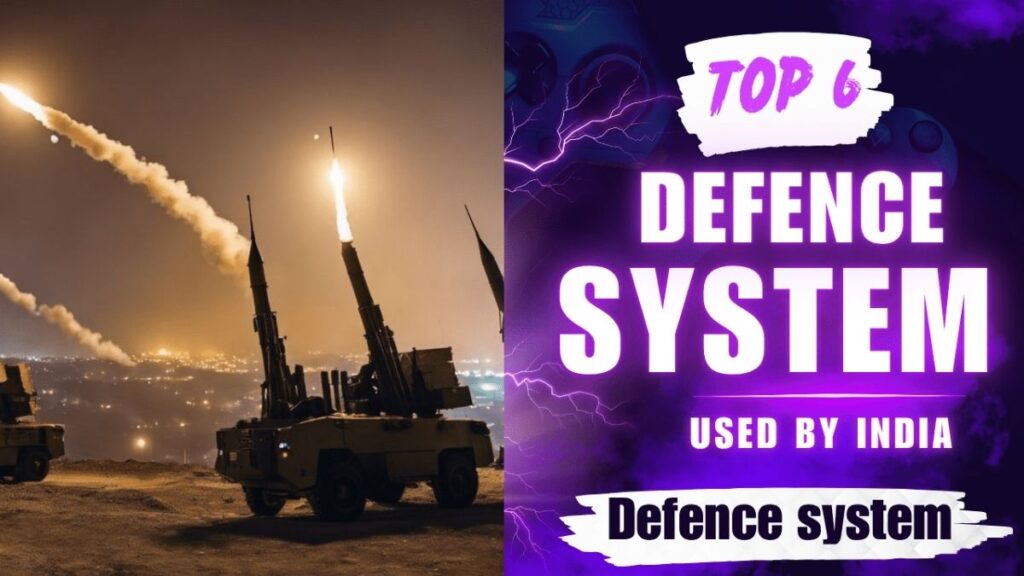India has a plethora of Defence systems. India has Defence systems ranging from long range defense systems to short range and mini short range.
In the recent 4 days war between India and Pakistan, many parameters were seen in the air war where many drones and missiles were fired by Pakistan on India, while every target and drone was stopped by India through S400 missile defense system and Akash missile defense system.
In this war that lasted for four days, Pakistan launched around 800 to 900 drones over India, which were completely neutralised by India’s defence system.
The biggest thing here is that Pakistan’s defence system was unable to stop all the missiles India fired on Pakistan through drones and aircraft.
After the complete failure of Pakistan’s defence system during Operation Sindoor, Pakistan is talking about getting a new defence system from Germany which would be capable of stopping supersonic missiles like Brahmos.
In today’s article, we will learn in detail about the defence systems of India and Pakistan and know whose defense system is more powerful.
S400 defence system
S-400 missile Defence system, also known as India’s Sudarshan Chakra, is an advanced Defence system whose detection range is 600 kilometers and targeting range is 400 kilometers.
It can also change its position from time to time, that is, it is a mobile defence system. This defence system, worth US$5.43 billion, was procured from Russia and has destroyed every single missile, drone and target launched by Pakistan during Operation Sindoor.

The maximum speed of the missile fitted in the S400 defence system is 14 Mach which can destroy a target at an altitude of 30 km. This air defence system can detect 80 targets simultaneously and destroy 36 targets simultaneously.
This defence system with 9 to 10 sec response time is being used by Russia, China, India and Belarus.
Aakash missile defence system
Akash is a short to medium range missile defence system indigenously developed by DRDO and Bharat Dynamics Limited. Its range is 5 to 25 km.
This defence system can track 64 targets simultaneously and destroy 12 targets simultaneously.

This defence system can destroy the threats of fighter aircraft, ballistic missile, cruise missile, UAV and attacking helicopter. A radar called 3D CAR (Central acquisition radar) has been installed in this defence system which can track 200 targets over a long distance.
This defence system can destroy targets at altitudes up to 18 km. If one missile is fired by it, then it has the possibility of destroying the target by 88%, if two missiles are fired then it has the possibility of destroying the target by 99%.
This is a mobile defence system which can be deployed anywhere very quickly and the speed of the missile fitted in it is 3.5 mach.
Barak 8 missile defence system
Barak 8 is a medium range missile defence system developed by India and Israel with a range of 70 km and can be extended to 100 km. It is developed by India’s defence agency DRDO and Israel Aerospace Industries.
The speed of the missile fitted in this defence system is 2 Mach and can carry approximately 60 kg warheads.

The Fatah-II missile fired by Pakistan on Delhi was intercepted by Barak 8. This defence system, which provides 360-degree coverage, provides protection against any cruise missile, ballistic missiles, anti-ship missile, UAV and fighter aircraft.
Pechora defence system
It is a medium range surface to air missile defence system of USSR origin which was designed to destroy targets at low to medium altitudes.
Its other name is S-125 Neva/ Pechora which has been serving India’s air network since 1970. This defence system is primarily designed to destroy slow moving and low altitude targets and this system can also work in environments where electronic jammers work.

The operational firing range of this defence system is 30 to 35 kilometres and it can destroy targets at low (20 metres) to medium (25 kilometres) altitudes.
The radar installed in this defence system can track and destroy targets up to 100 kilometers away and the killing accuracy of the missile installed in it is 92% which can destroy two targets simultaneously at a speed of 900 meters per second.
L/70 guns, or ‘original Bofors
This is a short range air defence grid which is a defence type gun. It was first made by Sweden in 1940 and was inducted by the NATO in 1952. India inducted this defensive gun in 1960.
The 40 mm defensive gun mounted on this system fires 300 rounds per minute and has a muzzle velocity of 1000 metres per second, giving it a range of 3 to 4 kilometres.
This defensive gun cannot stop attacks from fighter aircraft and fighter helicopters, whereas it has the ability to stop attacks from short range drones and low cost drones.
Bhargavastra Air Defence
Designed by Solar Defence and Aerospace limited, Bhargavastra finds its mention in Mahabharata. In Mahabharata, Karna used this weapon against Arjun. This system can detect and destroy drones up to 2.5 km. It is an anti-drone or counter-drone system.
Bhargavastra is a defence system that deploys micro-guided rockets to destroy drones and swarms within a range of 20 metres. This anti-drone system can be deployed at an altitude of 5000 m above sea level and in various terrains.
The range of the radar installed in it is 6 to 10 kilometers, which can sense even small aerial threats.
The concept of Bhargava weapon is taken from Mahabharata. This weapon belongs to Lord Vishnu’s incarnation Parashurama and is considered to be a very lethal weapons.
